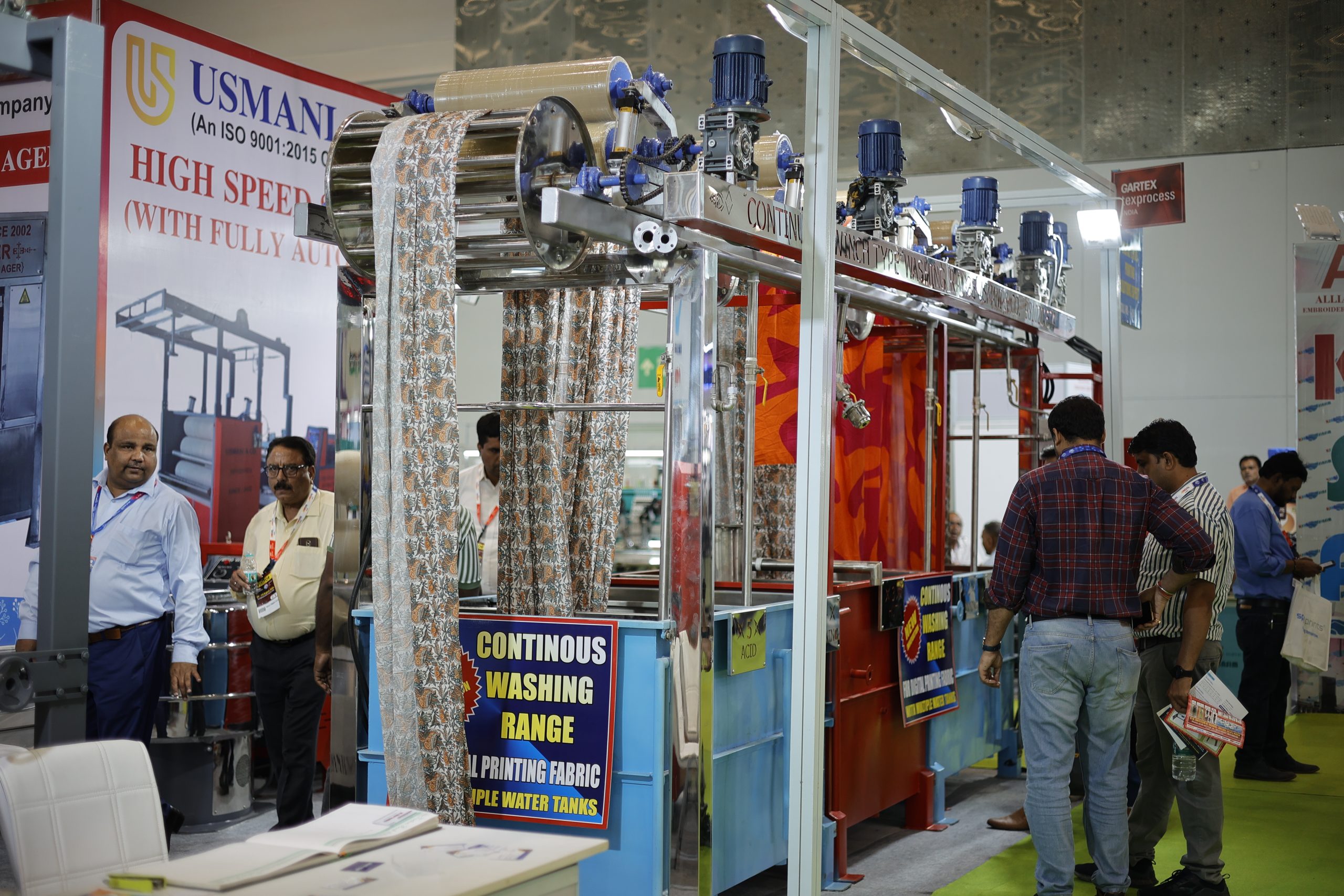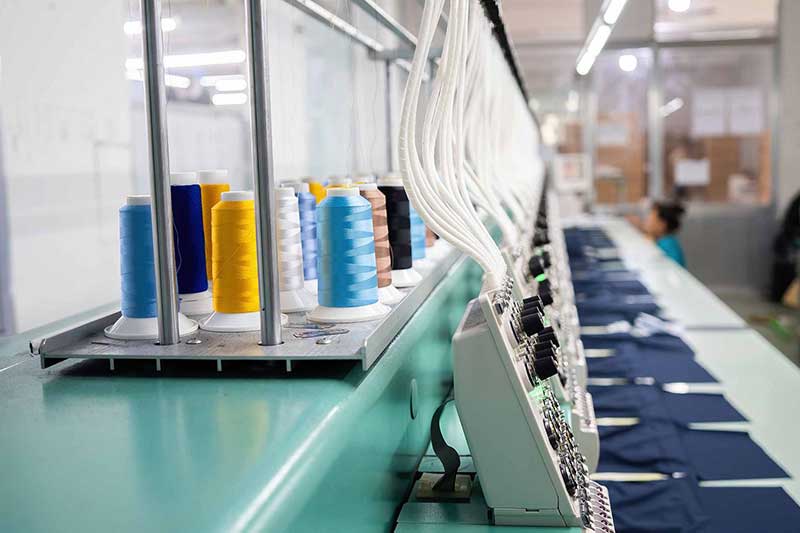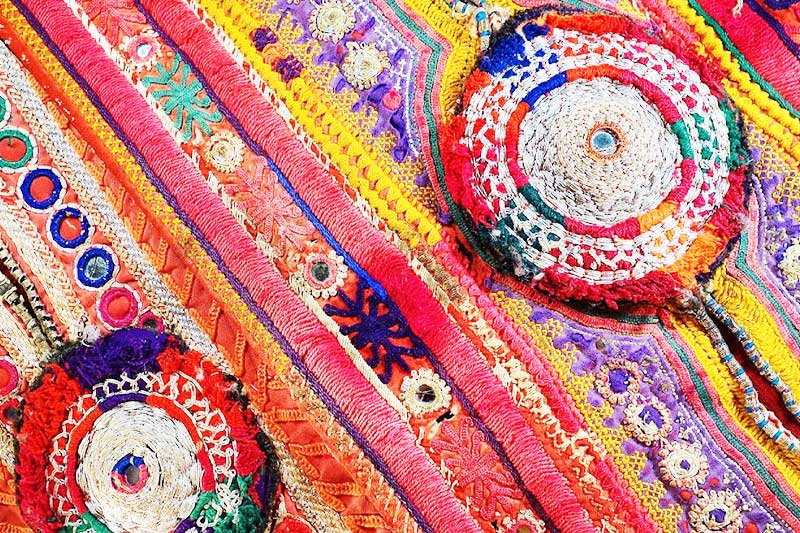Handloom Heritage: The Cultural and Economic Significance of India’s handloom sector

India’s handloom sector is a treasure trove of cultural heritage, representing centuries of traditional craftsmanship and weaving techniques. Handwoven textiles are more than just fabrics—they are storytellers, weaving together various regions’ history, culture, and artistry. Each piece, whether a vibrant Banarasi sari, intricate Kanjeevaram silk, or earthy Pashmina shawl, carries the essence of India’s diverse communities and traditions.
However, beyond their cultural significance, Indian handlooms also play a crucial role in the country’s economic fabric, particularly in rural areas. The handloom industry is India’s second-largest source of employment, providing livelihoods to millions of weavers and artisans, many of whom are women. This sector fosters rural employment and keeps the traditional knowledge passed down through generations alive.
The Cultural Importance of Indian Handwoven Textiles
India’s rich handloom tradition is a tapestry of varied weaving techniques, designs, and motifs that differ from region to region. Every handloom fabric tells a unique cultural story, from the vibrant Phulkari of Punjab to the complex Ikkat of Odisha. Many of these textiles are intricately tied to local customs and rituals, often playing a central role in weddings, festivals, and religious ceremonies. For instance, the Banarasi silk sari is essential to North Indian bridal wear, symbolising luxury and timeless beauty.
Handwoven textiles also reflect India’s diverse identity. Traditional motifs, colours, and patterns are deeply rooted in the social and cultural life of different communities. The intricate designs often feature elements of local folklore, religious symbols, and nature, creating a rich visual language that connects generations and preserves indigenous heritage.
The Economic Role of Handlooms: Rural Employment and Livelihoods
The handloom industry provides significant employment in India, especially in rural regions. According to the Fourth All India Handloom Census, there are over 3 million weavers and allied workers in the handloom sector, most of whom belong to economically weaker sections of society. Many women rely on handloom weaving as their primary income source, helping support their families and communities.
Unlike large-scale, mechanised textile production, the handloom sector is labour-intensive, ensuring more employment opportunities, especially in regions with limited industrial development. It also promotes sustainable economic growth by fostering decentralised production and utilising eco-friendly methods. The focus on natural dyes and organic materials, such as cotton, silk, and wool, adds to the environmentally conscious nature of the industry.
Challenges Facing the Handloom Sector
Despite its cultural and economic value, the handloom industry in India faces significant challenges. The rise of mechanised textile mills and the influx of cheap, mass-produced fabrics have threatened the livelihood of handloom weavers. Additionally, the younger generation in many weaving communities is reluctant to continue the family tradition due to low wages, lack of market access, and outdated weaving infrastructure.
Efforts are being made by the government, NGOs, and private enterprises to address these issues and revive the sector. Various schemes and initiatives, such as the Handloom Mark and e-commerce platforms, have been introduced to promote handloom products and connect artisans directly to consumers. Skill development programs and design workshops aim to empower weavers with new techniques and market insights, helping them adapt to changing consumer preferences.
Reviving Traditional Weaving Practices and Supporting Artisans
Several initiatives have emerged in recent years to revitalise the handloom sector. One of the most notable efforts is promoting handloom products through government programs like the National Handloom Development Programme (NHDP), which focuses on improving the infrastructure, upgrading technology, and providing financial support to weavers.
Moreover, the “India Handloom Brand” initiative has helped to create a niche market for high-quality handloom products, promoting the authenticity of traditional weaving techniques. By distinguishing handloom products from mass-produced items, this branding initiative boosts consumer awareness and demand for genuine handwoven textiles.
E-commerce platforms have also played a pivotal role in reviving handloom traditions. Platforms such as GoCoop, Jaypore, and Okhai have provided artisans with direct access to national and international markets. These platforms help weavers bypass middlemen, allowing them to earn fair wages and ensuring that traditional skills are financially sustainable.
In addition, collaborations between designers and weavers create fresh interest in handlooms. Indian fashion designers are increasingly incorporating handwoven textiles into their collections, helping to popularise them among younger generations. Events like India Handloom Week have brought handloom products into the mainstream, giving them a contemporary appeal while staying true to their roots.
The Path Ahead: Preserving a Living Heritage
The handloom sector is vital to India’s cultural and economic landscape. To ensure its continued growth, it is essential to balance preserving traditional techniques and embracing modern innovation. Support for weavers through skill enhancement, better market access, and technology integration is crucial in ensuring these age-old crafts thrive.
Reviving the handloom industry isn’t just about sustaining jobs—it’s about preserving a living heritage that has shaped the identity of India for centuries. With the right initiatives, Indian handwoven textiles can continue to be cherished globally, bringing pride to the artisans who create them and the country they represent.
Gartex Texprocess India: A Platform for Innovation and Tradition
A significant event that highlights both innovation and tradition in the textile industry is Gartex Texprocess India, a comprehensive trade show dedicated to the garment and textile manufacturing sector. The event brings together industry leaders, innovators, and traditional artisans, creating a platform where modern technology and age-old weaving practices coexist.
More News
Smart Factories: How Automation & Software Are Transforming Textile Manufacturing
Smart Factories are no longer a futuristic concept; they are rapidly becoming the foundation of modern textile manufacturing. By integrating automation, robotics,…View More
Smart Machines, Smarter Business – Functional and Technical Machines Creating New Opportunities in Apparel
The apparel industry is no stranger to reinvention. From the earliest handlooms to the modern factory floor, every era has been defined…View More
Rural India’s Design Labs: Where Craft Meets Contemporary
The overlooked rise of design innovation beyond urban India In the vast, textured fabric of India's garment and fashion industry, the story…View More
India’s Evolving Role in Global Apparel Supply Chains
In the last few years, global apparel supply chains have been tested like never before. From pandemic-related disruptions to rising geopolitical tensions…View More
Quality Control in Garment Manufacturing: What’s Changing in 2025?
In 2025, garment manufacturing is entering a new era—one defined not only by speed and scale, but by precision, consistency, and sustainability.…View More
Download
Register Now
Recent Posts
Show Countdown
DELHI
Bharat Mandapam (Pragati Maidan), New Delhi, India
- days
- Hours
- Minutes
- Seconds
MUMBAI
Bombay Exhibition Center, Mumbai






